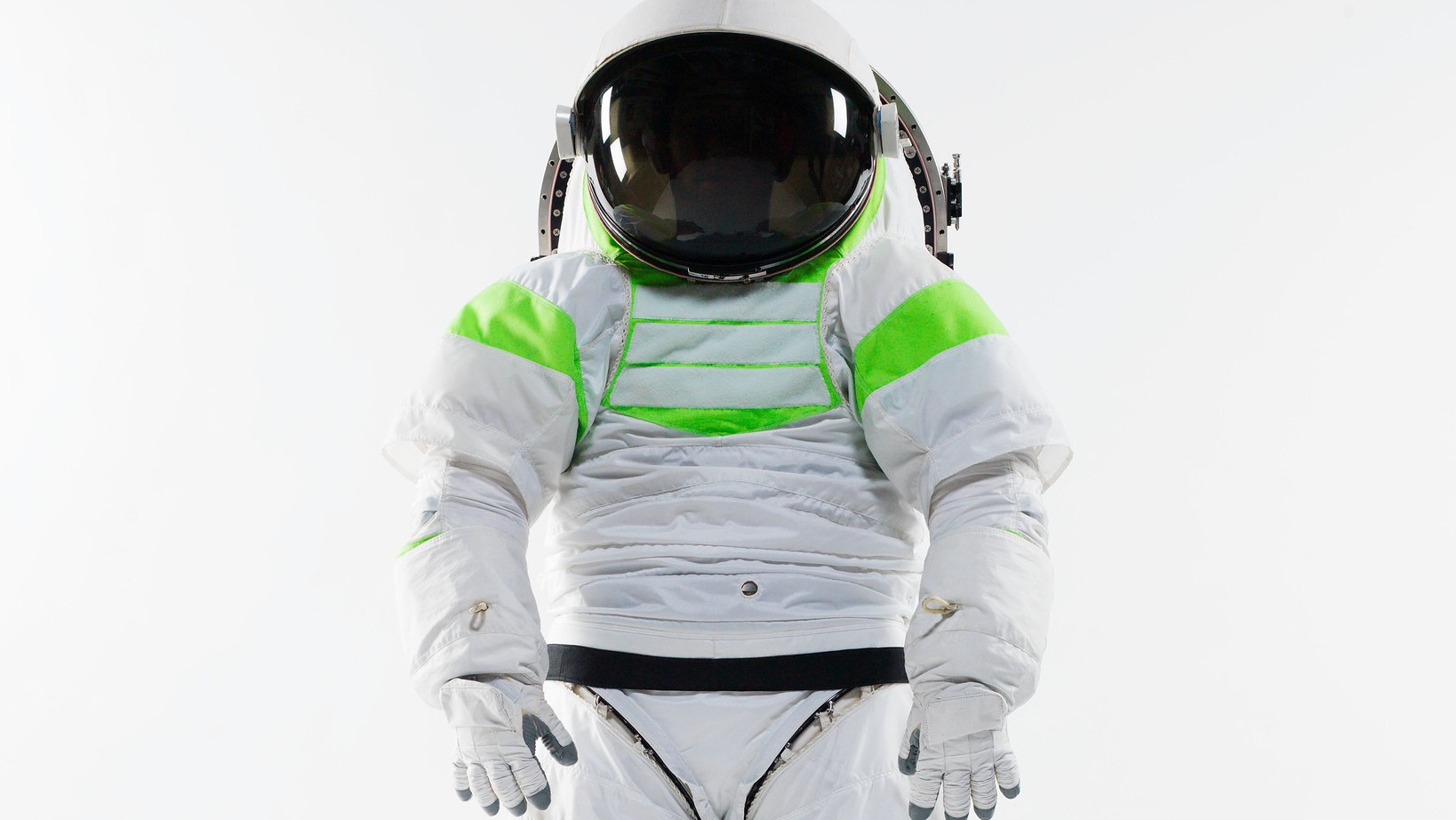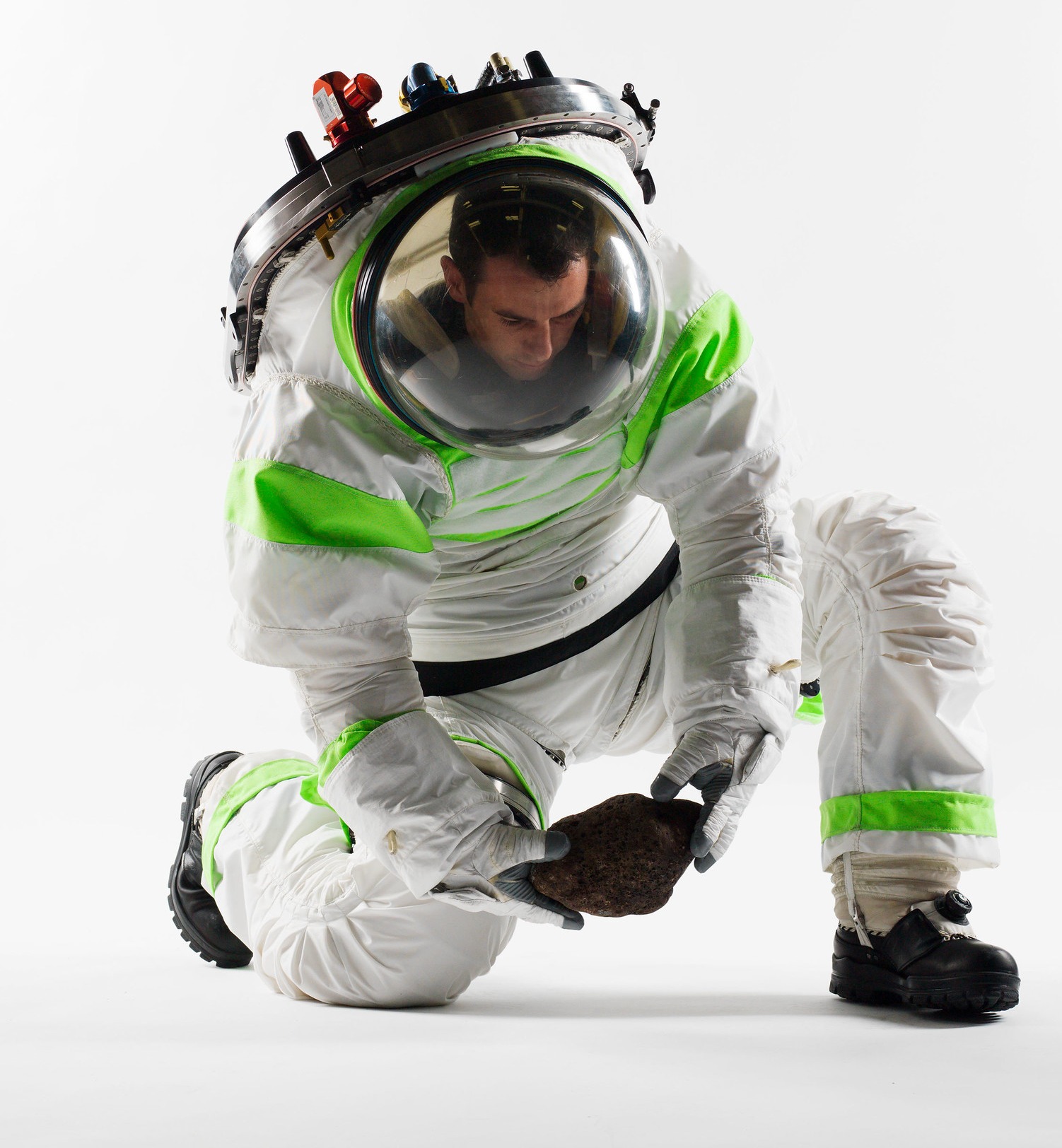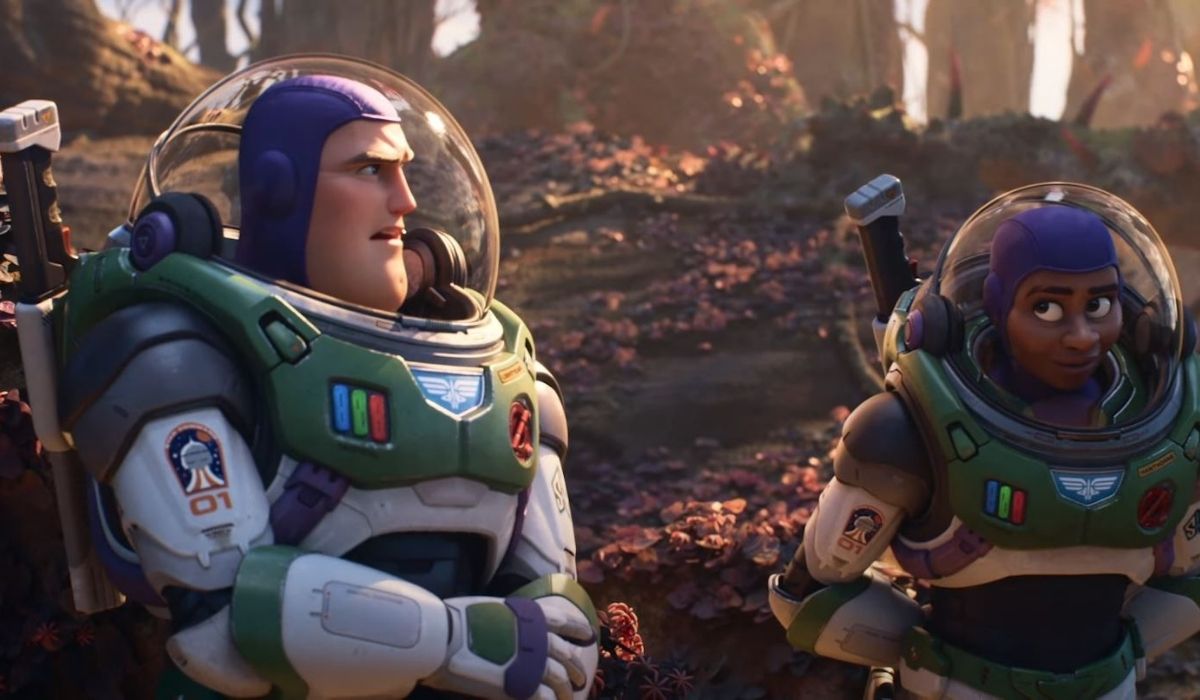NASA channeled its inner Buzz Lightyear with this wild Z-1 spacesuit concept
The project is no longer active, but may assist with future lunar spacesuit development.

Is that Buzz Lightyear to the rescue?
NASA's Z-1 spacesuit prototype, released a decade ago, looks just like the iconic space ranger's extraterrestrial duds in the Toy Story franchise. While the project is no longer happening, contractors do have access to its development history to create their own future spacesuits for agency needs, including moon missions.
The green-striped Z-1 suit was tested in 2012 to evaluate how well futuristic spacesuits could do with a "softer" look. It's worth taking a look at what happened to this outfit, as the new Disney movie 'Lightyear' hits theaters as of Friday (June 15).
The Z-1 was a testbed spacesuit meant to advance mobility during surface spacewalks, to make it a bit easier for astronauts to bend and twist than what they found while wearing Apollo-era spacesuits in the 1960s and 1970s.
"Increased mobility was accomplished through innovations in shoulder and hip joints, using a number of new bearings to allow space suit wearers to dip, walk and bend with ease, all important tasks for a planetary explorer collecting samples or traveling over rough terrain," NASA said in 2012.
Related: Best time travel movies
- Want to try Disney Plus? You can get a 7-day free trial here
- Sign up for Disney Plus for $6.99/month

The upper torso was much softer than past spacesuit versions and the astronauts could get into the spacesuit using a "spaceport", a design that allows the astronaut to climb into the spacesuit back from a vehicle. The spacesuit remains docked outside the vehicle, lessening the need for storage and dust mitigation.
Get the Space.com Newsletter
Breaking space news, the latest updates on rocket launches, skywatching events and more!
The Z-1 was never intended for space, but was tested in a vacuum chamber at NASA's Johnson Space Center in Houston. The team decided to make some key changes, however, after discovering the increased mobility forces a small torso size.
Pressurization was also an issue, the agency said in 2012. "Test runs with the suitport also gave NASA engineers important experience with donning a suit that is already pressurized, which turned out to be more difficult than expected, but was enhanced by the addition of donning aids."
By 2014, NASA had some key changes ready in a new prototype, known as Z-2. Sporting different colors, Z-2 also had a hard composite upper torso to increase durability, as well as improved shoulder joints, hip joints, and boots, the agency said at the time.
"The Z-2 prototype featured numerous upgrades from the Z-1, including improved upper and lower mobility to allow astronauts to walk over rough terrain, kneel and pick up objects, and rise from a supine position, all activities needed for future exploration missions. The Z-2 also included weight reduction technologies and a composite upper torso," NASA's Office of the Inspector General said in a 2021 report about agency spacesuits, which included an overview of prototype development history.

The Z-2, along with two separate NASA efforts in spacesuit development since 2007, did not result in any workable space-ready suits by the time the OIG released its report, however. The Advanced Spacesuit Project — which included the Z-1 and Z-2 prototypes — concluded operations in 2016, according to the OIG.
After three agency spacesuit projects stalled and contributed to a delay in Artemis missions, NASA ultimately turned to the private sector to provide lunar spacesuits. Astronauts will be returning to the moon later in the 2020s if agency funding and plans go as expected.
Teams led by Axiom Space and Collins Aerospace (with ILC Dover as a major contributor) received access to a contract worth up to $3.5 billion to supply spacesuits for future NASA missions through 2034, agency officials announced June 1.
These expected missions include Artemis sorties on the moon, and contractors will have access to the library of agency spacesuit development to assist in their own spacesuit readiness. So it may be that the Z-2 informs some of the designs that eventually end up on the moon.
For more space movies, see our full list of upcoming sci-fi movies.
Follow Elizabeth Howell on Twitter @howellspace. Follow us on Twitter @Spacedotcom and on Facebook.
Join our Space Forums to keep talking space on the latest missions, night sky and more! And if you have a news tip, correction or comment, let us know at: community@space.com.

Elizabeth Howell (she/her), Ph.D., was a staff writer in the spaceflight channel between 2022 and 2024 specializing in Canadian space news. She was contributing writer for Space.com for 10 years from 2012 to 2024. Elizabeth's reporting includes multiple exclusives with the White House, leading world coverage about a lost-and-found space tomato on the International Space Station, witnessing five human spaceflight launches on two continents, flying parabolic, working inside a spacesuit, and participating in a simulated Mars mission. Her latest book, "Why Am I Taller?" (ECW Press, 2022) is co-written with astronaut Dave Williams.









